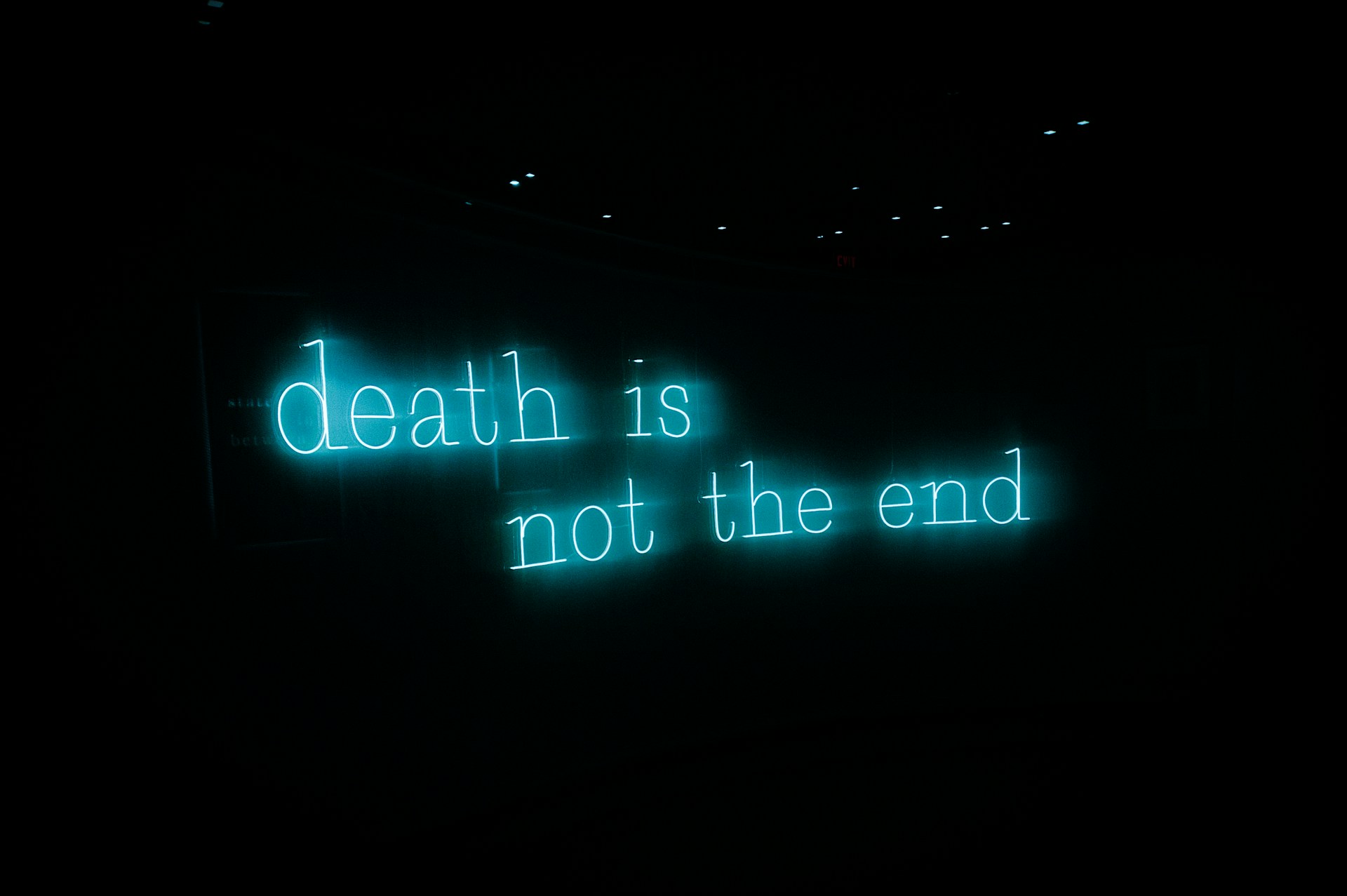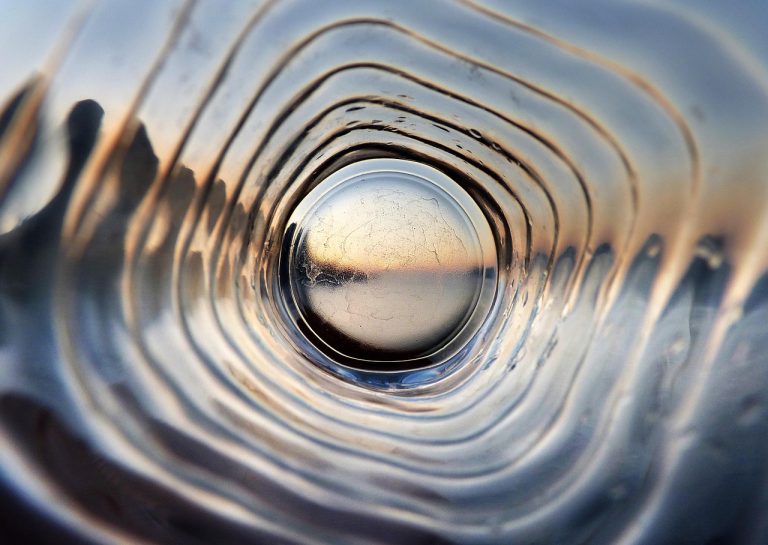The question of what happens to us after we die has been a subject of constant debate for as long as humans have walked this Earth. And it’s one that science has been trying to answer for ages, too. Is there any proof of the afterlife? Do our souls continue on existing consciously after we shed our mortal bodies?
It’s a tricky question, and one that defies simple answers. Ask near-death experiencers what they think, and a majority will tell you that yes, NDEs are proof of an afterlife. But some experiencers also say their NDEs were not proof of an afterlife. And we still don’t have scientific proof of the afterlife or the existence of a higher power.
How near-death experience are, and aren’t, proof of the afterlife
This is a subject that has the potential for contentious debate, and at IANDS, we’re not picking sides. Our goal is to research near-death experiences and related transpersonal experiences and learn as much as we can about them. And there are two very compelling sides to this question of whether NDEs serve as proof of the afterlife.
On one hand, NDEs are extremely vivid and profound, and can fundamentally change the trajectory of an experiencer’s whole life. Their personalities, values, and beliefs can shift entirely. Many abandon their fear of death. And many say they know, beyond any reason of doubt, that life or consciousness continues after bodily death.
But not everyone exits their NDE with this same sense of knowing what lies beyond mortal life. Even after being changed by their NDEs, some experiencers stop themselves short of calling it proof of the afterlife. They argue it was a profound psychological or even spiritual event that may not confirm what happens after death.
In fact, many experiencers identify as spiritual but not religious, and don’t settle on any one belief.
Science can’t yet explain NDEs. And that opens the door to both faith and speculation
Near-death experiences leave many unanswered questions researchers in the field of near-death studies have thus far been unable to explain. And that absence of clear answers opens the door to much deeper questions.
NDEs are nonlinear but structured events, and NDE characteristics are shared almost universally, too. They can’t be dismissed as hallucinations, a lack of oxygen to the brain, or any other quick and easy answer. And when you really take the time to explore a large swath of near-death experiences, some remarkable and even shocking facts emerge that challenge mainstream scientific reasoning.
How is it possible people can so accurately and vividly recall events they were physically unconscious during, such as conversations that took place around them, or even in other rooms where their physical bodies weren’t present? How are some patients having NDEs without any measurable brain activity, or after cortical activity typically becomes isoelectric, or electrically silent? Why are there so many vividly-detailed similarities in NDEs, regardless of the age, gender, race, or religious views of experiencers?
Researchers in near-death studies don’t yet have answers to these questions, which leaves things open to personal interpretation. We might fill these gaps with faith, or speculation, or even outright skepticism. While these things don’t necessarily offer us proof of the afterlife, they certainly leave us wondering what it might all mean.
So what’s the verdict? Do NDEs serve as scientific proof of the afterlife?
If we had to answer this question bluntly and in no uncertain terms? No, near-death experiences are not proof of the afterlife. But like all questions regarding the existence of an afterlife, or any lack thereof, a lack of scientific evidence doesn’t necessarily mean an idea can or should be dismissed out of hand.
We need to draw our own conclusions and take these things on some degree of faith, one way or the other. That might present as faith in a higher power, or faith in our belief that there’s no such thing, or faith that researchers will one day find answers to these physical, spiritual, and philosophical questions.
At IANDS, we’re committed to contributing to the ever-growing field of near-death studies and helping researchers continue exploring the extraordinary realm of near-death experiences and related phenomena. And we strive to help bring NDEs into mainstream conversations as well—the more people learn about NDEs and related experiences, the closer we’ll all be to finding these vital answers.
IANDS is a nonprofit, and our work is entirely funded by the generosity and curiosity of people just like you. If you’re as fascinated by NDEs as we are, we encourage you to consider making a donation to IANDS or becoming an IANDS member. And if you’ve had a near-death experience yourself, please consider submitting your NDE story so researchers can add your voice to the many thousands we study now.





